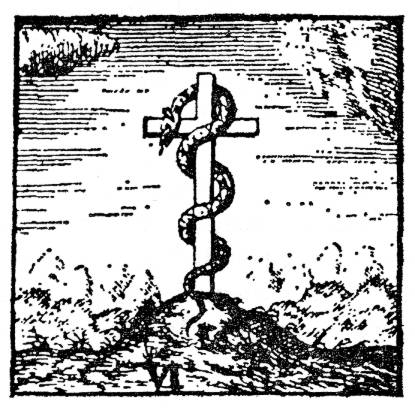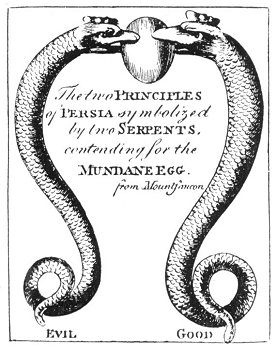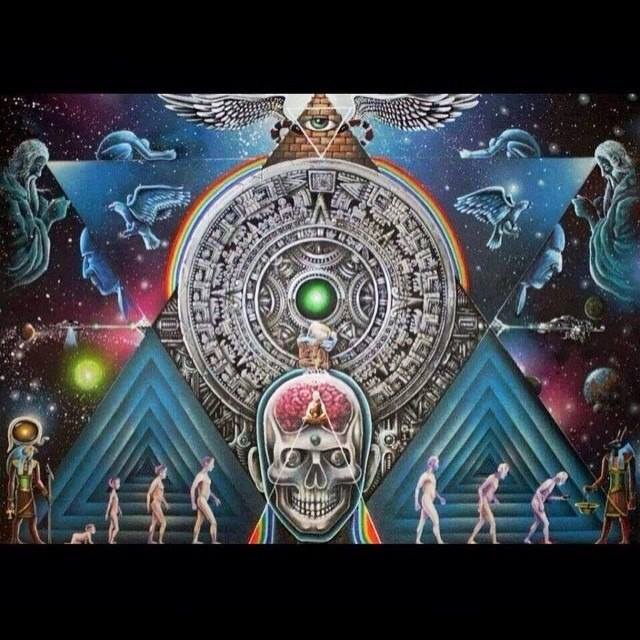p. 51
was formerly called the feast of the Passage of the Virgin (Beausobre, tome i. p. 350); and in the Library of the Fathers (Bibl. Part. vol. II. part ii. p. 212) we have an account of the Passage of the Blessed Virgin. The ancient Greeks and Romans fix the assumption of Astraea, who is also this same Virgin, on that day.”
This Virgin mother, giving birth to the Sun God which Christianity has so faithfully preserved, is a reminder of the inscription concerning her Egyptian prototype, Isis, which appeared on the Temple of Sais: “The fruit which I have brought forth is the Sun.” While the Virgin was associated with the moon by the early pagans, there is no doubt that they also understood her position as a constellation in the heavens, for nearly all the peoples of antiquity credit her as being the mother of the sun, and they realized that although the moon could not occupy that position, the sign of Virgo could, and did, give birth to the sun out of her side on the 25th day of December. Albertus Magnus states, “We know that the sign of the Celestial Virgin rose over the Horizon at the moment at which we fix the birth of our Lord Jesus Christ.
Among certain of the Arabian and Persian astronomers the three stars forming the sword belt of Orion were called the Magi who came to pay homage to the young Sun God. The author of Mankind–Their Origin and Destiny contributes the following additional information: “In Cancer, which had risen to the meridian at midnight, is the constellation of the Stable and of the Ass. The ancients called it Præsepe Jovis. In the north the stars of the Bear are seen, called by the Arabians Martha and Mary, and also the coffin of Lazarus. “Thus the esotericism of pagandom was embodied in Christianity, although its keys are lost. The Christian church blindly follows ancient customs, and when asked for a reason gives superficial and unsatisfactory explanations, either forgetting or ignoring the indisputable fact that each religion is based upon the secret doctrines of its predecessor.
THE THREE SUNS
The solar orb, like the nature of man, was divided by the ancient sages into three separate bodies. According to the mystics, there are three suns in each solar system, analogous to the three centers of life in each individual constitution. These are called three lights: the spiritual sun, the intellectual or soular sun, and the material sun (now symbolized in Freemasonry by three candles). The spiritual sun manifests the power of God the Father; the soular sun radiates the life of God the Son; and the material sun is the vehicle of manifestation for God the Holy Spirit. Man’s nature was divided by the mystics into three distinct parts: spirit, soul, and body. His physical body was unfolded and vitalized by the material sun; his spiritual nature was illuminated by the spiritual sun; and his intellectual nature was redeemed by the true light of grace–the soular sun. The alignment of these three globes in the heavens was one explanation offered for the peculiar fact that the orbits of the planets are not circular but elliptical.
The pagan priests always considered the solar system as a Grand Man, and drew their analogy of these three centers of activity from the three main centers of life in the human body: the brain, the heart, and the generative system. The Transfiguration of Jesus describes three tabernacles, the largest being in the center (the heart), and a smaller one on either side (the brain and the generative system). It is possible that the philosophical hypothesis of the existence of the three suns is based upon a peculiar natural phenomenon which has occurred many times in history. In the fifty- first year after Christ three suns were seen at once in the sky and also in the sixty-sixth year. In the sixty-ninth year, two suns were seen together. According to William Lilly, between the years 1156 and 1648 twenty similar occurrences were recorded.
Recognizing the sun as the supreme benefactor of the material world, Hermetists believed that there was a spiritual sun which ministered to the needs of the invisible and divine part of Nature–human and universal. Anent this subject, the great Paracelsus wrote: “There is an earthly sun, which is the cause of all heat, and all who are able to see may see the sun; and those who are blind and cannot see him may feel his heat. There is an Eternal Sun, which is the source of all wisdom, and those whose spiritual senses have awakened to life will see that sun and be conscious of His existence; but those who have not attained spiritual consciousness may yet feel His power by an inner faculty which is called Intuition.”

Moe is the founder of GnosticWarrior.com. He is a father, husband, author, martial arts black belt, and an expert in Gnosticism, the occult, and esotericism.







